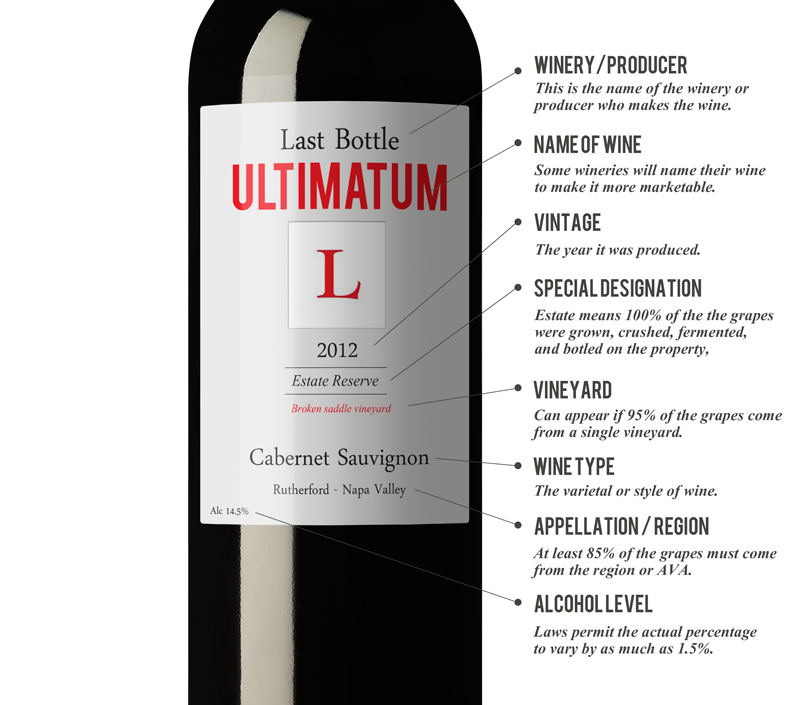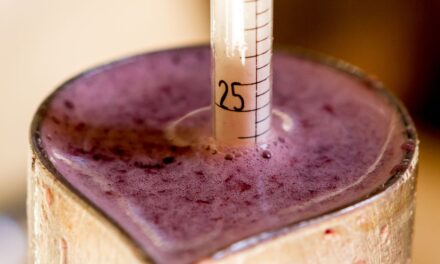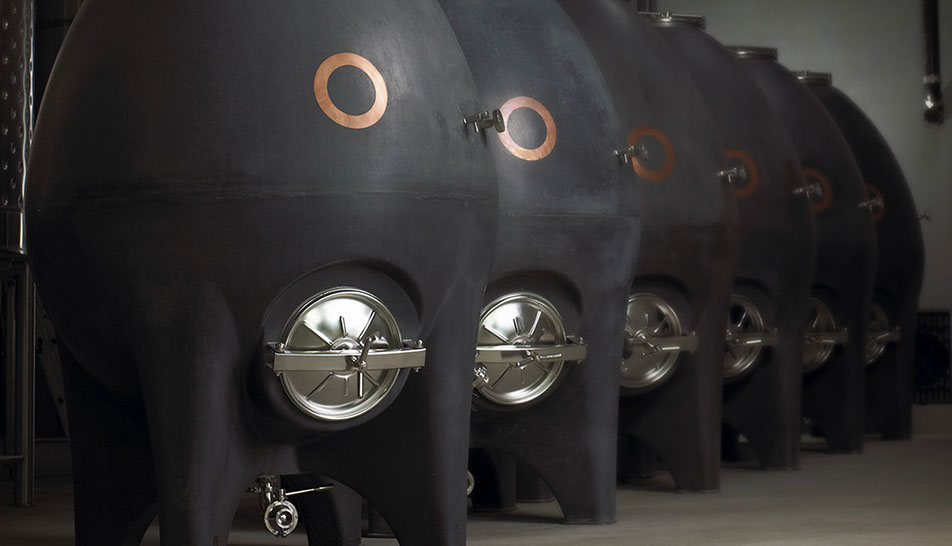Did you know that only 85% of the juice in a bottle of wine has to come from that particular vintage? In other words, a producer could add 10-15% of wine from their 2010 harvest in their 2011 Merlot if they wanted. Laws in the US restrict certain words from appearing on a wine label depending on its content and where it was made. While you don’t need to be a Master Sommelier to read and understand a California wine label, it does help if you understand a few nuances.
Vintage
The year the grapes were grown. Depending on the climate, some areas can have much different growing seasons, resulting in far better vintages. While most producers use 100% fruit from the vintage indicated, law requires them to use only 85% or more, unless the label indicates a particular AVA or sub-appellation like Napa Valley, Paso Robles, or Russian River Valley for example. In that case, 95% of the fruit must be sourced from that year.
Wine Type
For a specific varietal like Merlot or Cabernet Sauvignon to appear, California law says the bottle must contain at least 75% of that grape. Many producers add small amounts of Malbec, Petit Verdot, Merlot, or other Bordeaux varietals to their Cabernet to firm up soft spots. Most other states have similar laws about the varietal composition, though the percentage can vary slightly; in Oregon for example Pinot Noir and Chardonnay must contain 90% of that varietal.
Special Designations
When you see the word “estate” on a California wine label it means 100% of the grapes were grown, crushed, fermented, and bottled on-site at the winery. Other words like “reserve” are not legally regulated. Wineries simply use the term to separate quality between wines, so you might find an “Estate Cabernet Sauvignon” and an “Estate Reserve Cabernet Sauvignon” in their lineup.
Appellation and Region
This varies between states, but in California for example if a specific AVA like “Stag’s Leap” appears on the label, at least 85% of the grapes must be grown there. A general region, like “Sonoma Valley” for example must account for 75% of the grapes contained.
Vineyard Designation
If a specific vineyard appears on the label, at least 95% of the grapes must be sourced from there. These single-vineyard wines often represent lower production wines of the highest quality.
Alcohol Level
Interestingly, California laws permit up to a 1.5% variance in the actual alcohol percentage if the wine is under 14%, and they allow a 1% difference if over 14%. That means a wine listed as having 14.2% alcohol might have more than 15%!
It helps if you understand these things, but ultimately the best way to truly understand a wine is to pop open the cork, pour yourself a glass, and enjoy!













